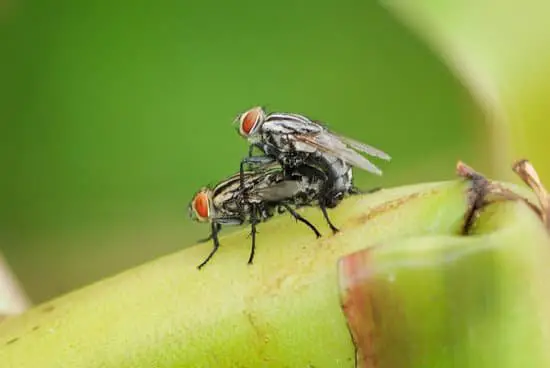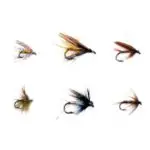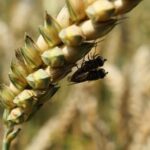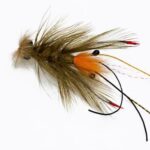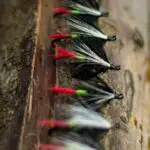Where Do Flies Go in Winter?
When winter approaches, flies reduce their metabolic activity and find cosy, warm places to hide from the cold. They also slow their body functions and build up fat reserves. As a result, most of their activity stops, including growth and development. This is called diapause. When the weather warms up again, the flies will emerge from their hibernation and begin breeding again.
It is possible to prevent flies from entering your home in winter by preventing them from getting into attics and under eaves. In addition to preventing them from entering your home, you can keep them outside by sealing cracks and gaps. In addition, Noronha advises not to leave dead flies lying around.
In cold climates, flies go into diapause and stop moving altogether. This process takes several weeks and ends when the weather starts warming up again. As soon as the temperature reaches around 35degF (-3.3degC), flies can resume their normal activities.
Although flies are active throughout the year, during warmer months, they can become more noticeable. They will spend their days in nooks and crannies and lay eggs in decayed matter. Larger flies will also often be observed sunning on sunny days. Then, in early spring, they will begin to hatch.
The female flies lay about 75-150 eggs in a single day. Their larvae – known as maggots – hatch from these eggs within 20 hours. The larvae are protected by a cocoon for the winter. During the spring, when temperatures warm up, the flies will emerge from their cocoons.
